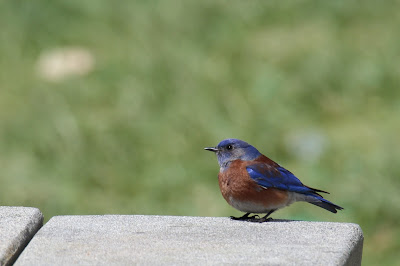Half asleep on the calm waters of the bay was a bird we had not seen before.
Cynthia: What bird is that?
Me: Scuzza me, but in old Monterey that's a Murre.
 |
| Common Murre |
Pelagic Cormorants were busy diving for fish.
No trip to Monterey would be complete without seeing those utterly adorable Sea Otters!
A surprise was when we saw a Pigeon Guillemot! We saw one several years ago on a distant cliff near Santa Cruz. But this one was so charmingly close!
Finally as we were about to leave...
Cynthia: What bird is that?
Me: Like the sea and sand, in a very public wonderland, a Loon at last!
 |
| Pacific Loon |













































